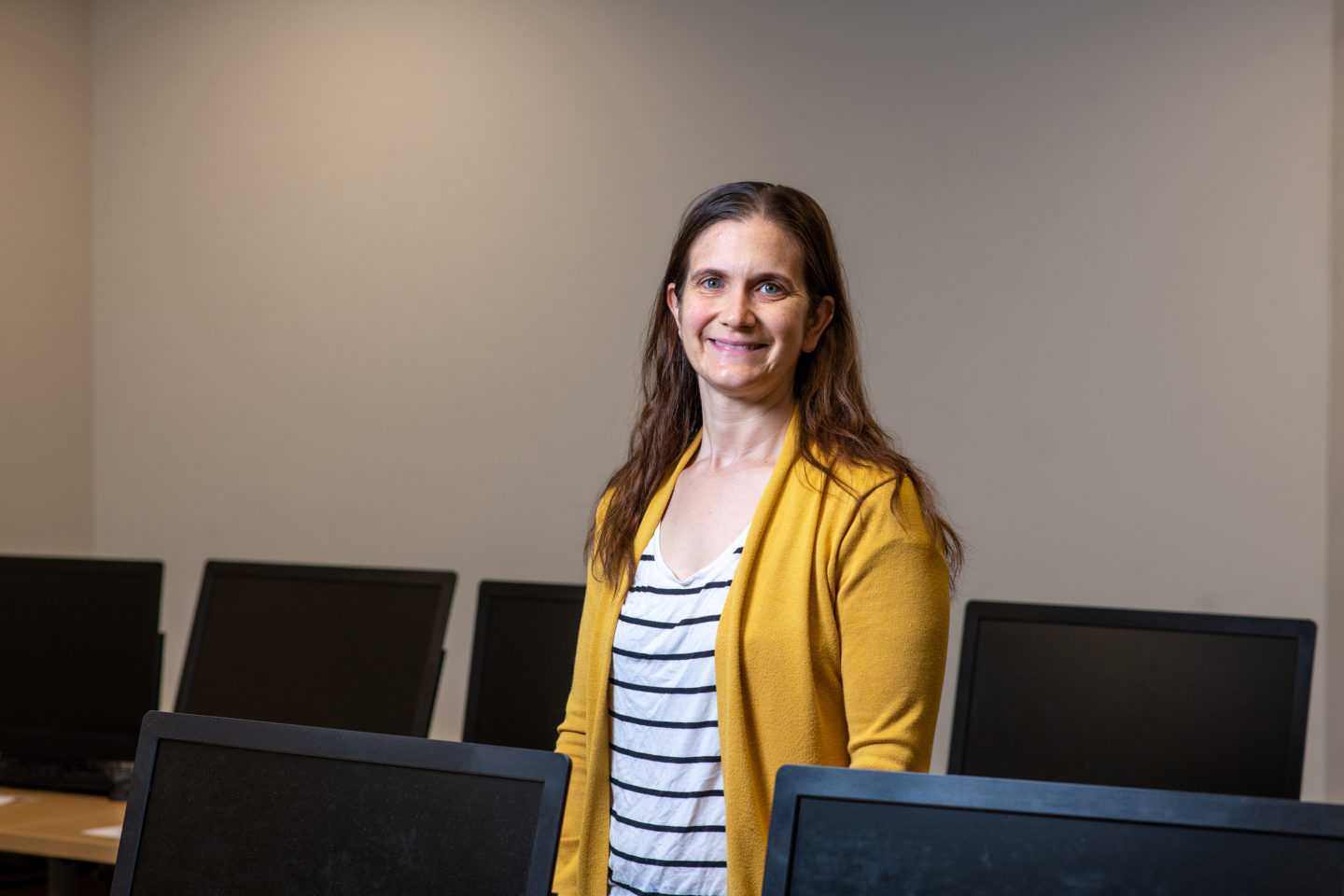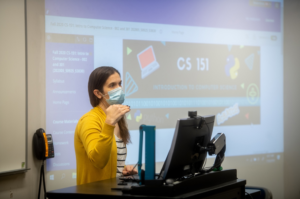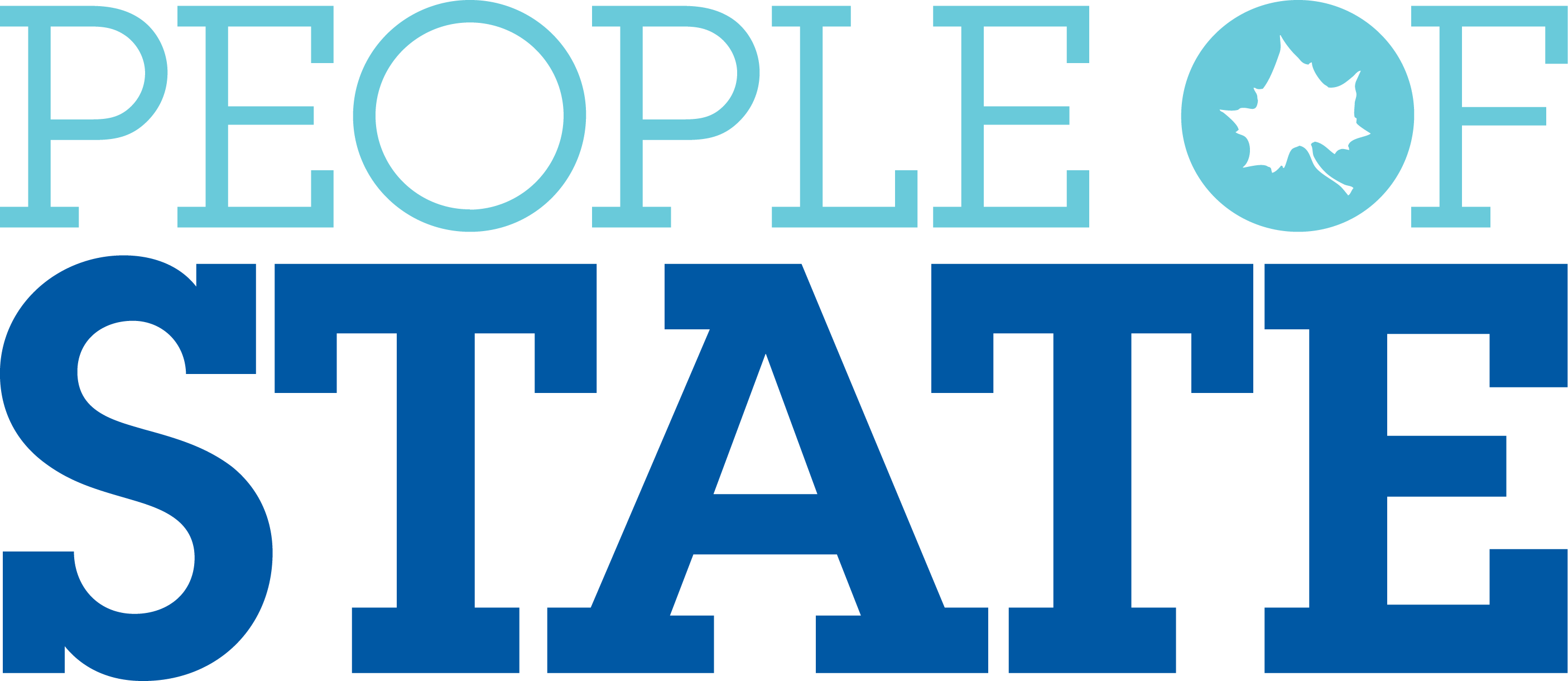
Devon Kinne
By Indiana State University
Nov 12, 2020
When the state of Indiana decided to expand quality computer science education in the state, Indiana State University was among the institutions of higher education charged with providing K-12 educators with the professional development needed to teach the curriculum.
Among the organizations award a grant was Indiana Computes, which involves professors from different universities across the state, including Indiana State, University of Notre Dame, Indiana University Bloomington, Ball State University, Goshen College, Indiana University Northwest, Indiana University South Bend, Indiana University Purdue University Indianapolis, Indiana Wesleyan University, Purdue University Fort Wayne, University of Evansville, University of Southern Indiana, University of Indianapolis and Purdue University.
“The state recognized computer science is a field that was pretty much taking over in every discipline and want the state really wanted Indiana students to have the problem solving and background, so they can graduate from high school and be prepared for the current technology that’s out there,” said Devon Kinne, facilitator of the program and a part-time lecturer in the department of math and computer science at Indiana State. “Indiana is one of few states that is forward-thinking in this. It’s a big deal that the state is supporting computer science education and provide the grants for this professional development.”

“We ended up having online synchronous support and one of the benefits, I think, is now teachers are not just meeting other local teachers but colleagues from throughout the state,” Kinne said. “The Foundations course has 21 exploration modules. (Module descriptions follow). Course architecture follows this pattern: content exploration, followed by pedagogy. The course is built around Indiana and national computer science standards.”
Each week, teachers are provided a synchronize session and they participate in online discussions of a topic based off of modules they’ve completed. The modules range from programming and learning how to program, to data science and cybersecurity.
“Many of these teachers have never done programming before, but are expected to teach it. We felt like they really needed to learn programming first – the concepts, how to incorporate them in their class – so teachers did modules on programming, then we meet each week to go over the modules, do activities with them,” Kinne said. “Once they finish programming, we do software engineering, focus on broadening participation for marginalized students and how to make computer science classrooms engaging and welcoming for all students so they are engaged and can widen the pipeline for computer science. It’s why we’re starting with kindergarten teachers going through to all levels and disciplines. teachers.”
All of the modules are developed by computer science professors throughout the state, who provide resources and education that teachers can do on their own. Then, the teachers gather for synchronize sessions where they participate in breakout rooms, discussions and tie it to the Indiana state standards.
The synchronize sessions started in June, but the prep work behind building the modules started at the beginning of 2020. At Indiana State, Kinne, Jeff Kinne and math and computer science teacher Chelsy Schnabel work on the program. Schnabel and Devon Kinne share in the facilitation of the synchronize groups.
“Indiana State also recognizes that we need to help to prepare future educators in our teacher ed programs, so we’re working to develop a minor in computer science teaching so they’ll be more prepared to take the test for licensure to be able to teach computer science and not need to do this professional development on their own time,” Kinne said.
Among the teachers in Kinne’s module are Sarah Wallace, technology/resource teacher and middle school athletic director for Saint Patrick School in Terre Haute.
“I teach Technology and Computer Science in a K-8 school, but when we started offering the class, there was really no ready-made curriculum for me to use,” Wallace said. “Over the last five years, I have had to research and find things that were grade appropriate and meaningful which wasn’t always easy. This class has given me a wealth of resources, contacts, and information that is invaluable. I have been in the classroom for twenty years, so the thought of going back to school was a little unnerving for me. This program quickly eased my fears. Even though the program has a lot of material, it doesn’t feel like work. It has already helped me teach my students more effectively. The instructors I’ve worked with and the other teachers I’ve collaborated with have been wonderful. The fact that the program is completely free is just the icing on the cake.”
There are 7 or 8 synchronize sessions each week and each session has between 15 and 25 teachers, depending on the time that works for them. They spend an hour a week with us and 2-6 hours a week doing work on their own, applying to their curriculum and creating lesson plans that incorporate it. Depending on the module, teachers receive around 45 to 60 hours of professional development.
“It’s very time consuming for them after signing up in the midst of this pandemic,” Kinne said. “This was a huge commitment for them, so we provided letters of recognition to their principals and superintendents.”

